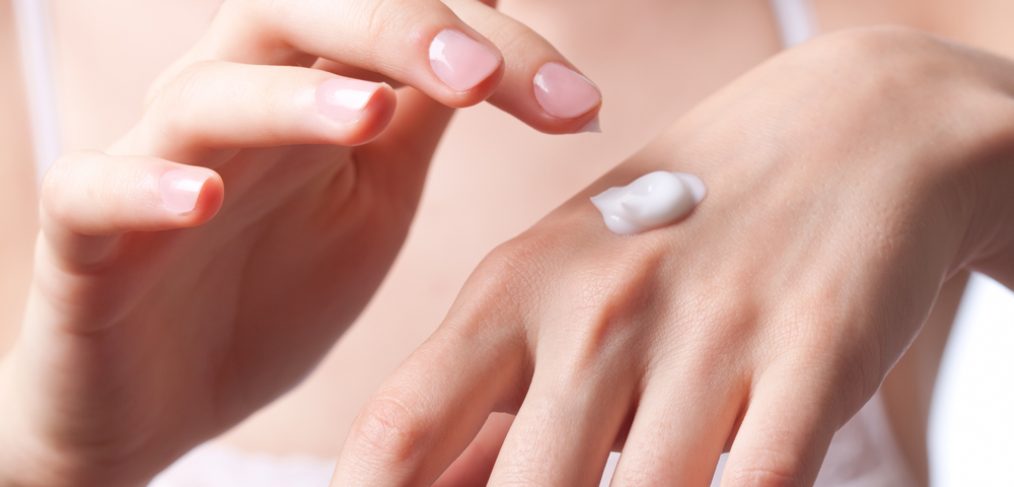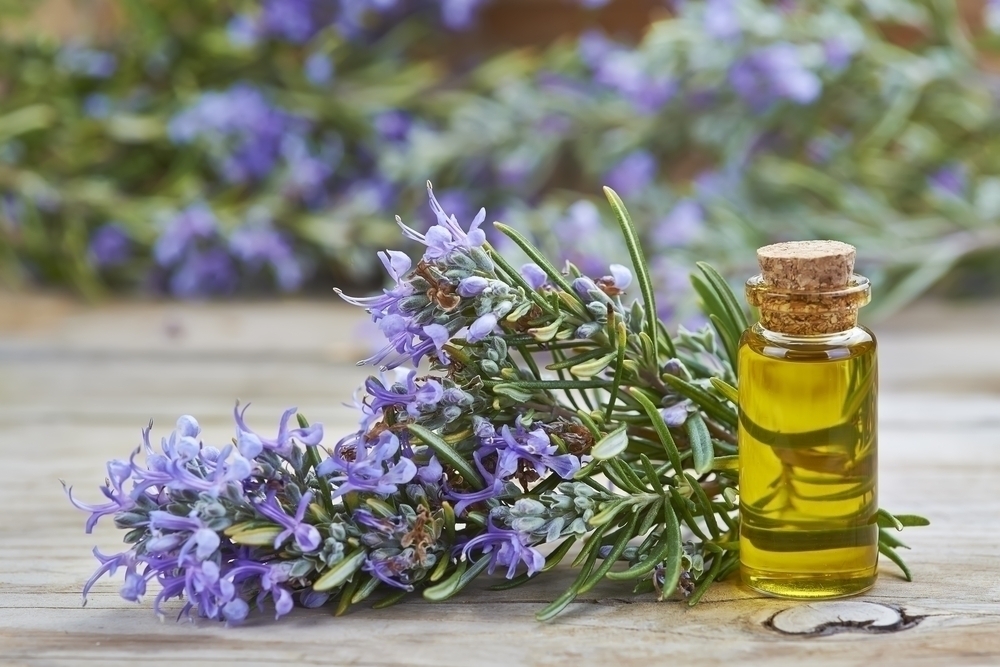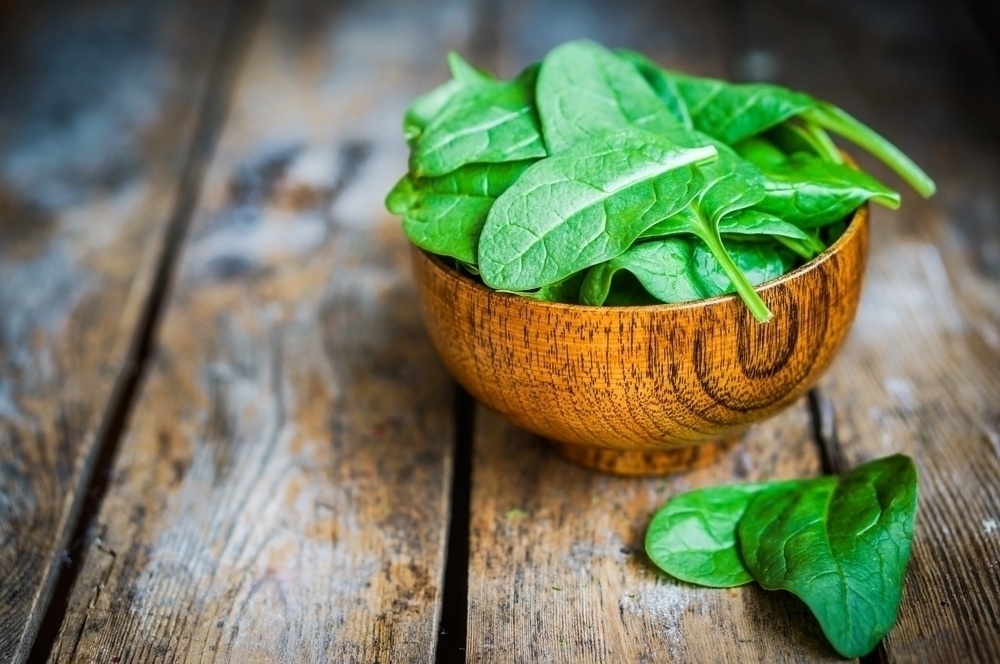Whether you sang “Dem Bones” or “The Skeleton Dance,” there is a good chance that at some point in your life you sang a song about how the bones in your body are all connected, but at the time, it probably meant little to you. Your body truly is built of connected bones, systems, tissues, nerves and cells that keep you breathing, eating and moving. When you have pain in one area of your body, but you don’t remember injuring that part of your body, you may be experiencing what is known as radiating pain. Your back and your feet are quite a bit more connected than you may think, and the foot pain you feel may have nothing to do with your foot, just as the back pain you experience may have nothing to do with your back.
Orthotics
The field of foot care is expanding, and one of the most buzzed-about areas of medical care for the feet is orthotics. Once associated with less than fashionable shoes, orthotics has embraced new technological advances, and now you can wear foot correcting devices without anyone even knowing. Custom-made insoles are now being widely used to treat a variety of abnormalities and deformities of the feet.
Why Orthotics?
Your feet have 26 bones and 33 joints, all of which work constantly to provide your entire body with support. You may not pay much attention to them, but you might want to start. “Feet are fairly delicate structures, damage may be painless in the foot but felt elsewhere in the body,” says British podiatrist, Simon Costain of the Gait and Posture Centre. One of the most common foot conditions is flat feet, or collapsed foot arches. Flat feet can be caused by genetics or by the weakening of your feet muscles due to things like wearing heels or weight gain. You may feel little to no pain in your feet when you have flat feet – in fact, you may not even know you do have flat feet – but you may experience pain in other areas of your body like your lower back or knees.
Orthotics help correct problems, relieving pain in both your back and your feet, and they improve your gait as well. This is important because a shift in your foot while standing or walking may be all it takes to change the alignment of your spine, which can result in the tightening of muscles in your legs, buttocks and back. Muscle tightening may continue to elicit back pain, and even if you don’t feel a thing on your feet, they could be the culprit. True orthotics are custom-made and provided by a medical professional, but there are off-the-shelf alternatives as well.
Because your feet take such a beating on a daily basis, it’s important to pay attention to them and give them the care they deserve. Left untreated, foot problems can create pain elsewhere in the body, particularly in the lower back. With the help of your doctor and orthotics, you could be able to completely correct your gait and experience relief from pain.
























